The lesser-known sites on the isles of Mauritius and Tenerife house stepped pyramids built by mysterious Aryan race in ancient times
There are numerous stepped pyramids on these two islands off the African coast.
Pyramids are mysterious monuments, colossal or of lesser size, that have stood the test of an age long-forgotten, but are still remembered through legends passed down globally from one generation to another.
Despite the fact that contemporary research papers have disclosed the numerous beneficial effects of pyramids that may have been constructed for various other reasons than what mainstream scholars have suggested, there is still much confusion and concealment revolving these monuments of old.
Thousands of miles apart, and divided by the old African continent, stand the alluring and lesser-known pyramids from the isles of Tenerife and Mauritius.
Although not as colossal as the pyramids of Egypt, or the ones in the Eastern European state of Bosnia, the pyramids on these two tropical islands pose a big of a mystery as the sites reminded above.
Seven such pyramids are located in Mauritius and six others at the site in Tenerife. All of them share common characteristics that make them almost indistinguishable from one another:
They all are stepped pyramids built in multi-structured complexes, the construction technique is identical for both sites, most of the materials used consist of volcanic rock, they have between 6 and 11 terraces which make up the steppes, and none of the pyramids exceeds 40 feet (12 meters). Probably the most notable feature is their perfect astronomical alignment facing the winter and summer solstices.
The pyramids of Mauritius:
East of Madagascar lies the tiny island of Mauritius, just off the African coast. The site where the seven pyramids are located is called Plaine Magnien.
Some time ago, the Mauritian pyramids were safeguarded by international laws and were treated as important historical heritages, but at present those laws are no longer in effect, and the stepped pyramids are in danger of being reclaimed by the lush vegetation on the island.
No considerable archaeological study was performed at the site so far, and very little is known about their origins, builders, and the purpose of their construction.
Surprisingly enough, all curious visitors to the site in Mauritius are met with the same unconvincing rumors spread by the locals, claiming that the Mauritian pyramids are nothing more than stone piles collected by farmers after clearing the fields to enable agriculture in the area.
However, the sleek design consisting of precise corners, leveled bases, central stone staircase, as well as their perfect astronomical alignment, have cast a shadow of doubt on local rumors. It’s possible that, from fear of not losing their farmlands to archaeological sites, the locals have just made things up to protect their property.
Hints of advanced design stand both the flat base and the lack of binding material between the stones. As a result, the bodies of the pyramids have been meticulously raised stone by stone, and stacked on top of each other to withstand all obstacles of time and the environment.
Tenerife Pyramids:
Opposed to the pyramids of Mauritius, the ones in Tenerife have been documented extensively since the beginning of the 90s. Thor Heyerdahl became found of these monuments due to the relevance they brought to his theory about ancient seafaring civilizations.
Heyerdahl became famous for his expanding ideas about intercontinental travel in ancient times, so upon investigating the site in Guimar, Tenerife, he found bits of the evidence he was searching for.
According to his studies, the pyramid builders were non others than the Gaunche, an enigmatic seafaring group of white-skinned, blue-eyed people with blonde hair who inhabited Tenerife thousands of years ago.
They are believed to have migrated to the island somewhere between the years 1,000 and 100 BC, further fueling belief that the ancients had capabilities which allowed them to transit the entire planet by sea, all while doing commerce and sharing relevant knowledge with local groups they came across.
It’s strange how Heyerdahl was confronted with the same local gossips claiming that the pyramids were piles of rocks resulted from clearing the fields. He however overcame these beliefs by proving the stones involved in the construction of the pyramids were brought from further inland, and not from the local fields where they now stand.
His theory was substantiated by the remarkable astronomical alignment towards the winter and summer solstices, together with the staircases leading to the top of the pyramids, just like the ones in Mauritius.
Taking this into account, the pyramids on Tenerife appear like clear products of intelligent design which probably served specific religious or ritualistic purposes.
Further adding to the mystery are the other lesser-known structures on the western side of Tenerife, as well as those on the island of Sicily, which count around 30 pyramids, most of them remaining poorly researched. They all encompass the active volcano, Mt. Etna, and have diverse shapes and sizes.
A Recent Debate:
To better understand the place and functionalities of pyramids, we must view them from a planetary perspective from where they appear like breadcrumbs leading to humanity’s (real) ancient past.
What this out-of-the-box view further shows is that pyramids were raised all across the globe, they share a similar aspect despite the many cultural differences of each region where they are located, and summed up they equal a number too high to be neglected.
With this in mind, it’s hard not to think of an ancient builder race that had erected pyramids across many regions of the world to serve a purpose we can only speculate.
Who were those builders? Where did they come from? How did they look like? These are the questions we are pursuing to answer.
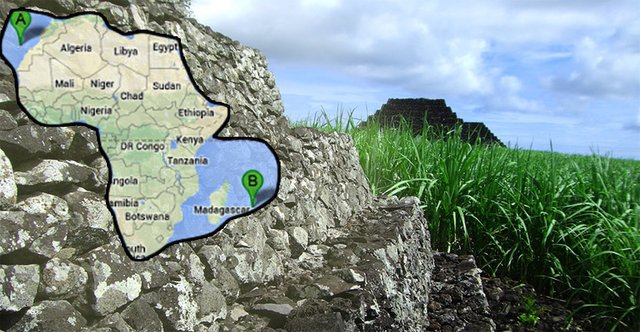
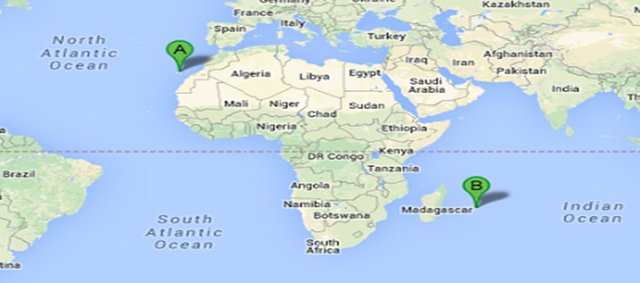
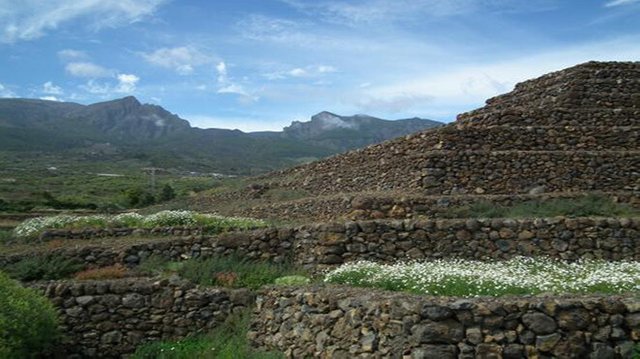
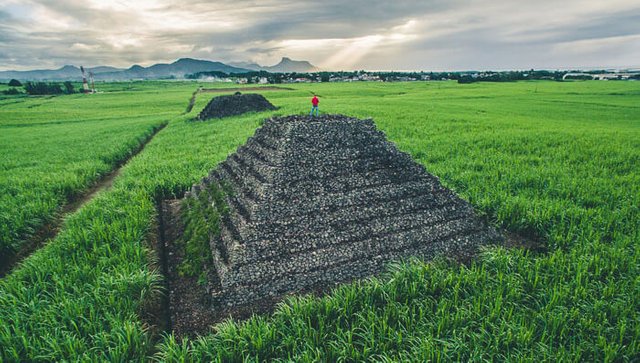
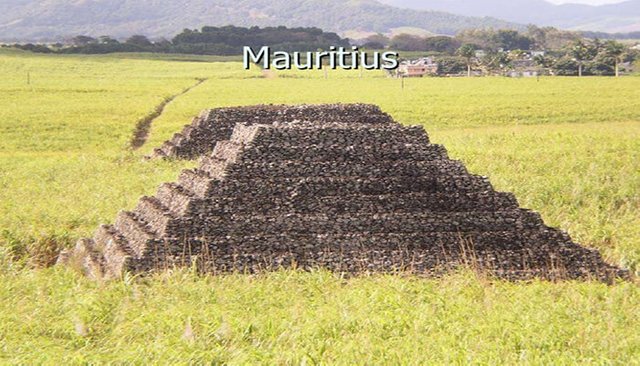
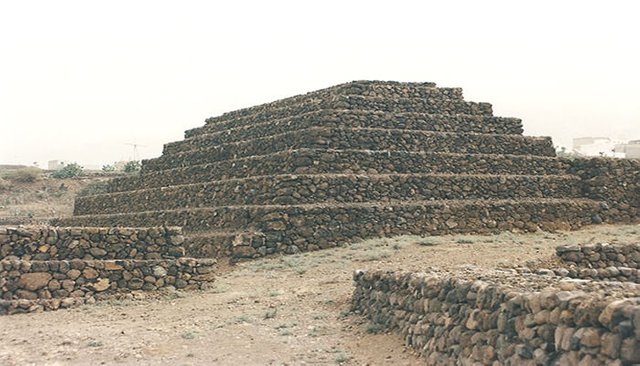
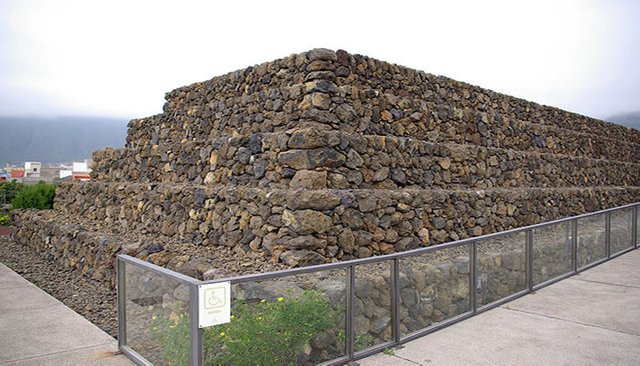
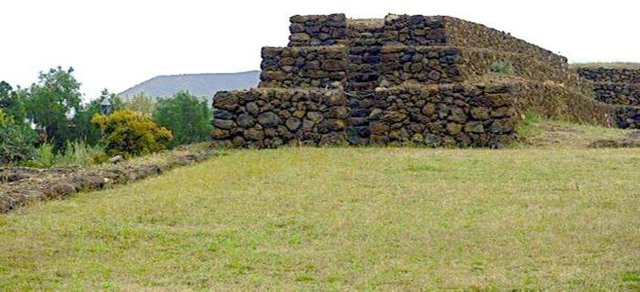
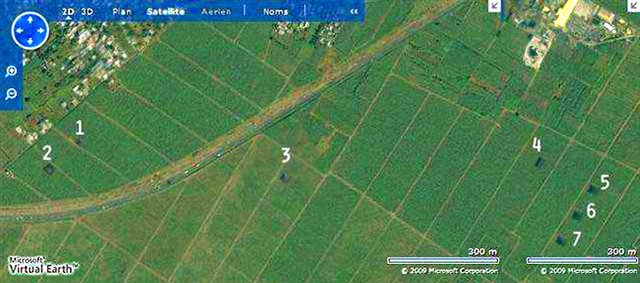
Beautiful scenes. I have always thought of visiting Mauritius, may be steemit will provide me the opportunity. And the pyramid site will be a great experience. Well done and thanks for sharing
Thank you for your support! And don't hesitate to share your experience with us if you ever reach Mauritius.
There area many Tamils from South Asia who now live in Mauritius. There is some evidence that Tamils were related to the ancient Sumerians based upon the study of these languages.
Fascinating isn't it!I didn't know there was so many around the world.
I love Archaeology. I truly believe we mingled a lot earlier than science can currently provide due to the degrading of materials such as wood.
After all the Stone Age should have been called the Wood Age. Stone Henge is older than the Pyramids, and all the Cairns around maybe as a collective they swapped from Round Cairns to Rectangular structures still following the same stone mound building techniques.